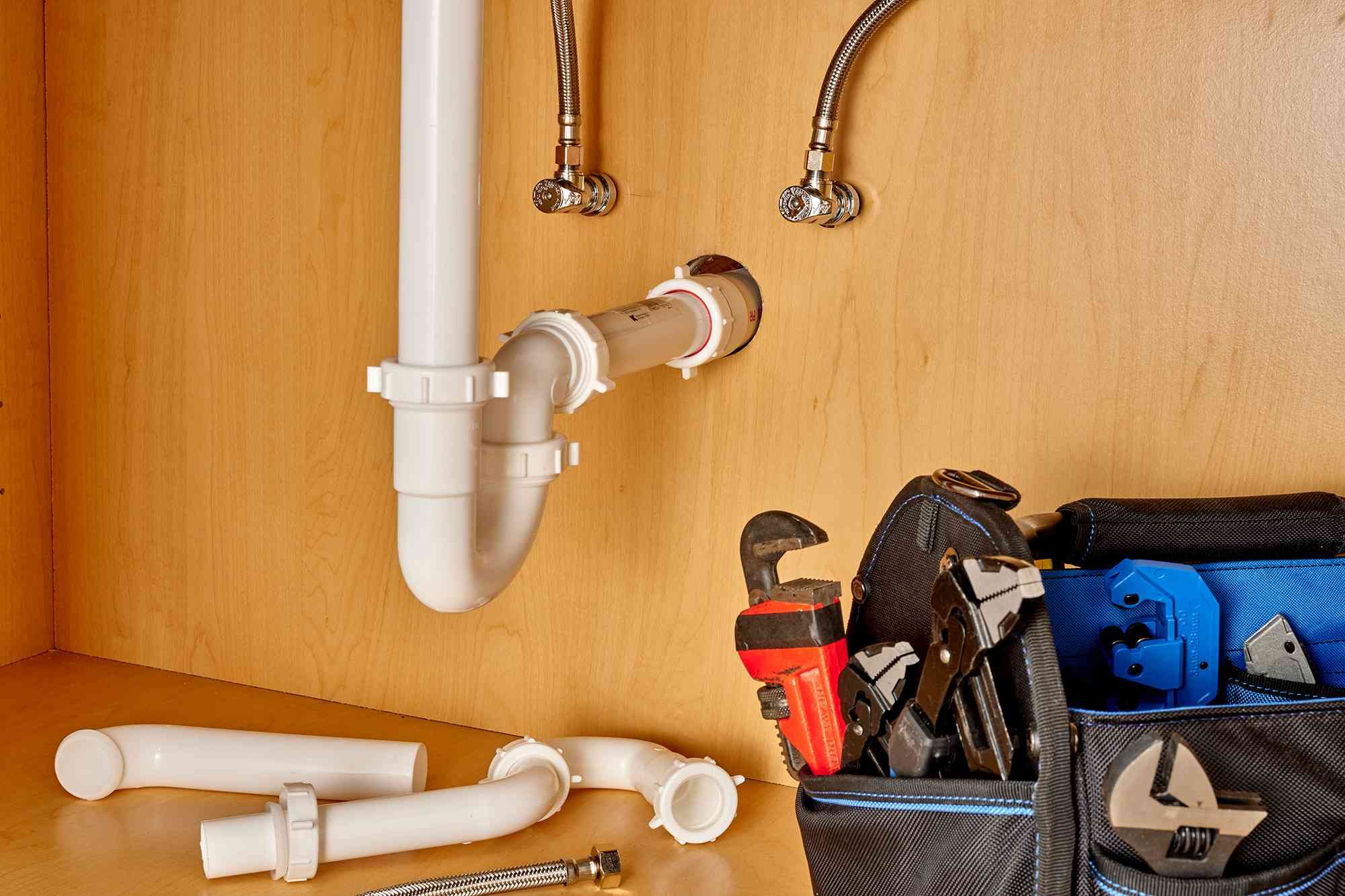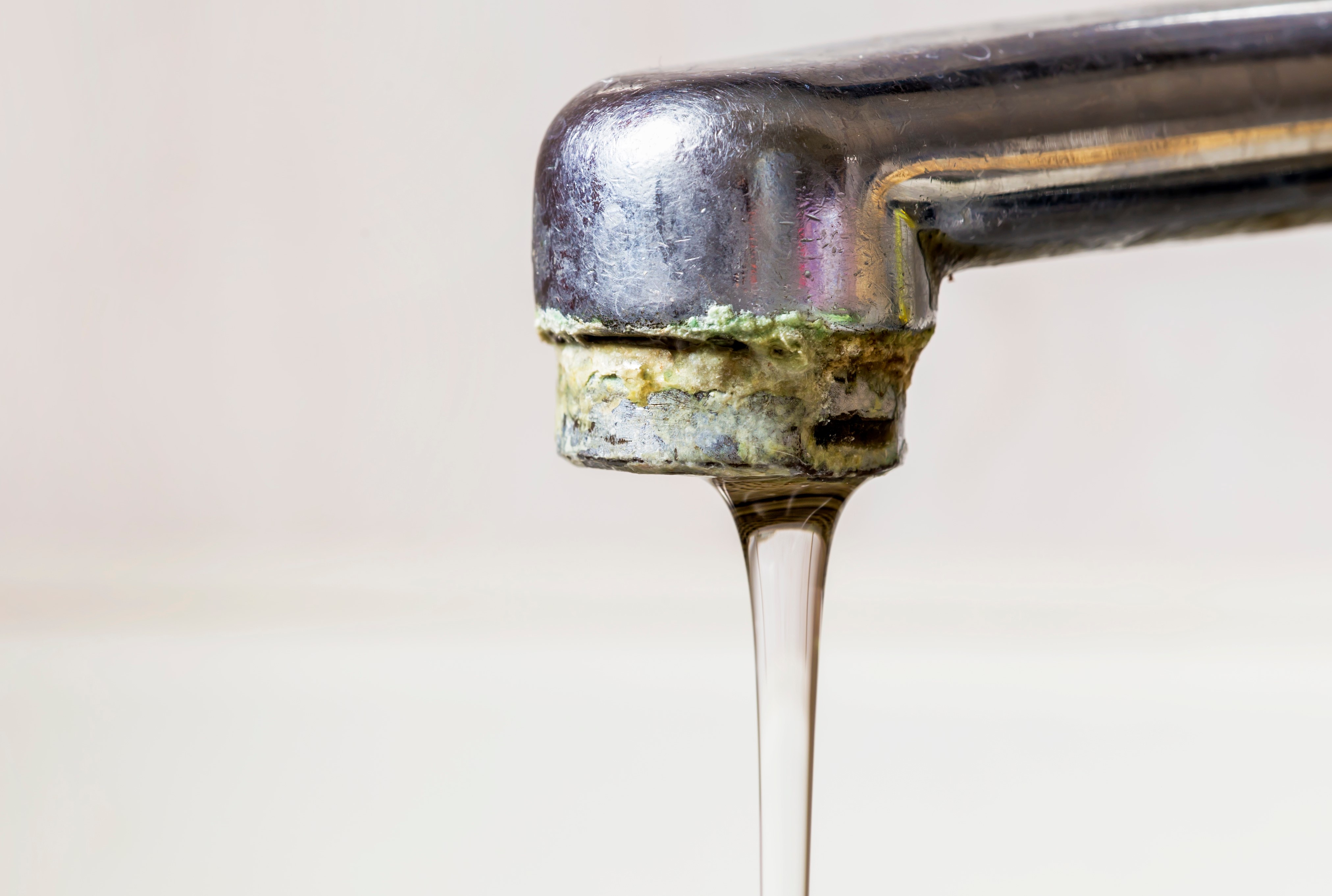Unpacking the Core Concepts of Home Plumbing: A Beginner's Overview
Unpacking the Core Concepts of Home Plumbing: A Beginner's Overview
Blog Article
Almost everyone seems to have his or her own assumption involving Understanding the Basics of Your Home's Plumbing System.

Plumbing is a necessary facet of any type of home, responsible for supplying clean water for drinking, food preparation, and showering, along with eliminating wastewater safely. Understanding the basics of home plumbing is vital for every property owner to guarantee proper upkeep, troubleshooting, and, if essential, repair services. In this novice's overview, we'll cover the basic ideas of home plumbing to assist you become extra familiar with just how it functions.
Water Heating Unit
The water heating unit is responsible for heating water for domestic usage, including bathing, food preparation, and cleaning. Common sorts of water heaters include tank-type hot water heater, tankless (on-demand) water heaters, and heat pump water heaters. The hot water heater is linked to the water supply system and supplies hot water to plumbing components as required.
Drainage System
The water drainage system eliminates wastewater from your home and carries it away to a sewage treatment center or septic system. It contains a network of pipelines, installations, and fixtures that deliver wastewater from plumbing components to the major sewer line or septic system. Appropriate drainage is vital to stop obstructions, backups, and sewage leakages.
Ventilation System
The air flow system helps keep proper air pressure and prevent sewage system gases from entering your home. Vent pipelines, also referred to as vent heaps, expand from plumbing fixtures to the roofing system, permitting sewer gases to run away safely outdoors. Air flow pipes additionally allow air to go into the water drainage system, promoting smooth wastewater flow and preventing suction or vacuum results.
Water Supply System
The water system brings clean water into your home from a municipal water source or a private well. It includes a major water line that connects to your home's plumbing system, normally located underground. A water meter determines the quantity of water consumed, while a shut-off valve allows you to manage the circulation of water right into your home.
Plumbing Fixtures
Plumbing fixtures are tools that deliver water to different parts of your home and consist of sinks, faucets, bathrooms, showers, bath tubs, and home appliances such as dish washers and washing equipments. Each fixture is linked to the water system through pipes and installations and might have its shut-off valve for upkeep or emergencies.
Usual Plumbing Tools
Having the right devices on hand is vital for performing basic plumbing fixings and upkeep jobs. Common plumbing tools include flexible wrenches, pipe wrenches, pliers, pipe cutters, hacksaws, plungers, augers (or drainpipe serpents), and Teflon tape. Having these devices conveniently offered can aid you take on small plumbing issues efficiently.
Basic Plumbing Repair Work
While some plumbing repair services might require professional assistance, numerous typical problems can be attended to with fundamental do it yourself strategies. Learning how to fix a leaky faucet, unblock a drainpipe, replace a commode flapper, or fix a dripping showerhead can save you money and time on plumbing repairs.
Final thought
Comprehending the essentials of home plumbing is necessary for every single house owner to preserve a secure, useful, and effective plumbing system. By familiarizing on your own with the water system, plumbing components, water drainage system, air flow system, typical plumbing devices, and basic fixings, you can with confidence attend to minor plumbing issues and guarantee your home's plumbing system operates smoothly.
Plumbing for Beginners: A Comprehensive Guide
If you’re a beginner when it comes to plumbing, don’t worry; you’re not alone. Plumbing may seem intimidating, but with the right knowledge and a little practice, you can handle many common plumbing issues on your own. In this comprehensive guide, we will demystify the world of plumbing for beginners, providing you with the basic knowledge and skills needed to tackle common plumbing problems and even take on some DIY plumbing projects.
The Importance of Basic Plumbing Knowledge for Beginners:
First and foremost, basic plumbing knowledge gives you a solid foundation. It helps you grasp the key concepts and terminology that are essential in this field. By learning the basics, you’ll be able to build upon that knowledge and tackle more complex plumbing tasks in the future.
Having a basic understanding of plumbing also enables you to handle common issues that may arise in your home. Picture this: a leaky faucet or a clogged drain. With some basic plumbing knowledge, you’ll have the confidence to troubleshoot and fix these problems on your own. It saves you from unnecessary expenses and the hassle of waiting for a professional to arrive.
As a beginner, learning the basics of plumbing empowers you to take care of your own home. It gives you a sense of independence and self-reliance. You’ll no longer have to rely solely on professionals for every small issue that pops up. Instead, you can handle many tasks yourself, saving time and money in the process.
Remember, everyone starts as a beginner. Embrace the learning process and take small steps to expand your plumbing knowledge. There are plenty of online resources, tutorials, and even local workshops that talk about plumbing for beginners.
Essential Tools for Plumbing for Beginners
As you start your plumbing journey, having the right tools in your toolbox is crucial. Let’s explore some of the must-have tools:
Adjustable Wrench:
This versatile tool is a staple in any plumber’s toolbox. It allows you to tighten or loosen nuts and bolts of various sizes. Make sure to have an adjustable wrench with a comfortable grip.
Pipe Wrench:
A pipe wrench is specifically designed for gripping and turning pipes. It has serrated jaws that provide a strong grip, making it easier to loosen or tighten threaded pipes and fittings.
Plunger:
The plunger is a simple yet effective tool for clearing clogged drains and toilets. It creates suction when you push and pull, helping to dislodge blockages. Keep a good-quality plunger handy for those unexpected clogs.
Pipe Cutter:
When it comes to cutting pipes, a pipe cutter is your go-to tool. It creates clean, precise cuts without damaging the pipe. Look for a pipe cutter that can handle the pipe sizes you’re working with.
Hacksaw:
A hacksaw is useful for cutting through pipes, screws, and other materials. It’s a versatile tool that can handle different cutting tasks. Remember to use a blade suitable for cutting metal.
Tape Measure:
Accurate measurements are crucial in plumbing. A tape measure allows you to measure pipe lengths, distances, and dimensions accurately. Opt for a sturdy tape measure that extends a good length.
Pliers:
Pliers come in handy for various tasks, such as gripping, bending, and cutting. Slip-joint pliers with adjustable jaws are great for gripping pipes, nuts, and bolts.

Hopefully you enjoyed reading our article on . Many thanks for taking time to read our blog. Don't hesitate to pause to promote this content if you enjoyed it. Thanks a lot for your time. Return soon.
Get Quote Now Report this page